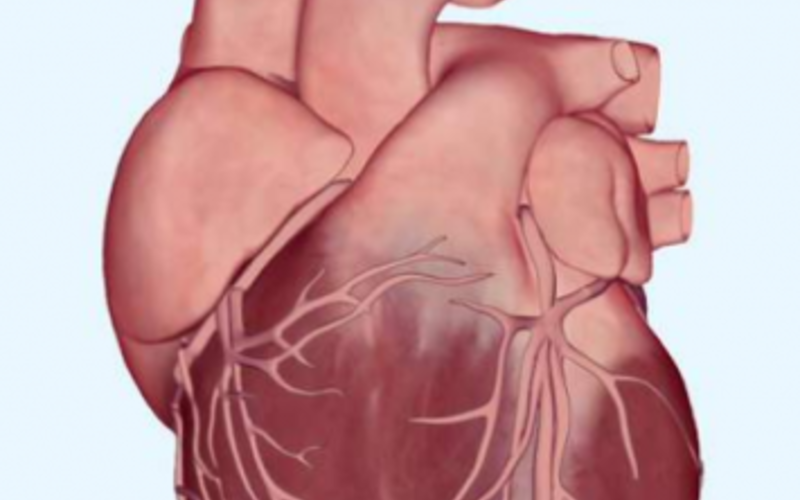
In a heart attack, a blocked artery prevents blood from reaching an area of heart muscle. At first, cells are merely stunned, but as minutes tick by, they start to die. The way to save the heart is to open the blocked artery by pushing in a catheter, inflating a tiny balloon that shoves the blockage aside, and holding the artery open by inserting a stent, a tiny wire cage.But leading cardiologists had despaired of reaching a national goal set by the American College of Cardiology and the American Heart Association of getting this done for at least half of heart attack patients within 90 minutes of arrival at a hospital. Often it took more than two hours for blood to flow to a patient’s heart again.
Now, nearly all hospitals treat at least half their patients in 61 minutes or less, according to the most recent data from the American College of Cardiology. At Yale-New Haven Hospital, where half the patients used to have to wait at least 150 minutes before their arteries were opened, the median time is now 57 minutes. At the Mayo Clinic and at major academic centers like NewYork-Presbyterian Hospital, it is 50 minutes.
The heart story began nearly a decade ago when Yale cardiologist, Harlan Krumholz, had an idea. Medicare had created a national database showing how long it took hospitals across the country to get heart patients’ arteries opened. It was a bell curve year after year, and the times were not getting any better. But there were a few hospitals at the tail end of the curve that year after year were treating people in an hour or so. Dr. Krumholz and his colleagues visited the 11 best performing hospitals. They were not famous institutions or major medical centers, said Elizabeth Bradley, a professor of public health at Yale and a leader in the project. Some were community hospitals; others were far from major population centers. The investigators recorded every detail of how the hospitals got things done and ended up with a short list of what the stellar performers had in common.
The Yale researchers then surveyed a random sample of 365 hospitals and discovered that those that used one or more of six specific strategies to cut down on the time it took to get patients to the treatment room and open their arteries did better than those that had not, and that as more strategies were used, patients were being treated increasingly faster. “We were shocked,” Dr. Bradley said. The results were so much better than she had hoped. Dr. Krumholz and his colleagues persuaded The New England Journal of Medicine to publish their already accepted paper in the same week at the end of November 2006 that the American College of Cardiology announced a national campaign to get hospitals to change their ways. Twelve hundred committed to doing so.